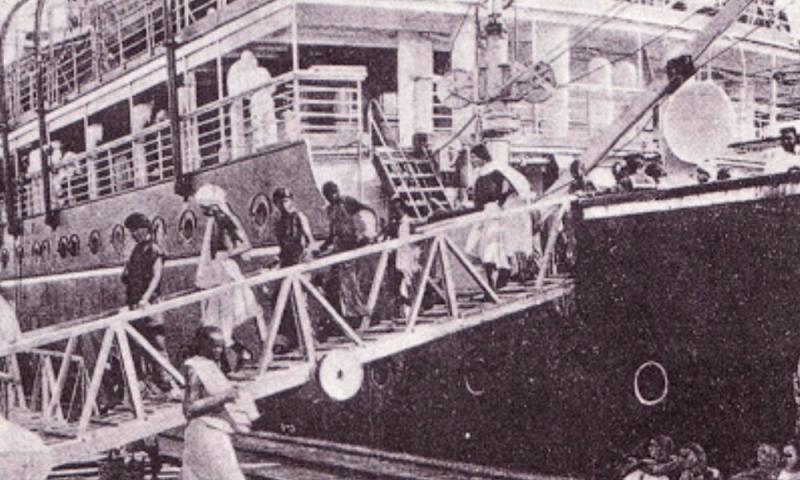COMMENT | Other side of the coin, South Indian labour resistance
COMMENT | Historian Ranjit Singh Malhi wrote an excellent account of the lives of South Indian workers brought into Malaya to work in plantations, the government sector and others.
The workers were brought in during the late 19th and early 20th centuries. The bulk of those who came were Tamils from the present-day Tamil Nadu, but there were sizeable non-Tamils such Telegus and Malayalees from the present states of Andhra Pradesh and Kerala. However, Malayalees found employment in clerical and administrative positions in the colonial government due to their education.
Ranjit rightfully bemoans the fact that despite the great sacrifice in blood, sweat and tears, the contributions of South Indian labour are seldom acknowledged or even addressed in school texts. So much so, the ancestors of the present-day South Indians in Malaysia are largely forgotten to remain 'invisible'.
While Ranjit provides an excellent and sympathetic account of the hardship of South Indian labourers during the colonial period, he misses another side to the same coin. While the South Indian labourers had no choice but to put up with extreme exploitation and hardship, it was not altogether a passive and subservient labour force.
Right from the time they were brought in under the indentured system of recruitment, later replaced by the kangani system, there were numerous acts of resistance against their exploitation and...
RM12.50 / month
- Unlimited access to award-winning journalism
- Comment and share your opinions on all our articles
- Gift interesting stories to your friends
- Tax deductable
